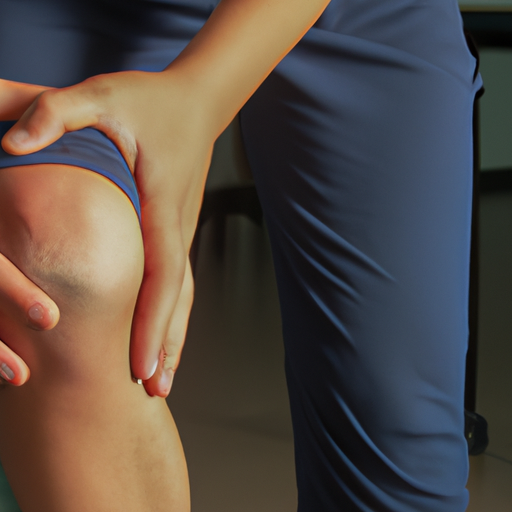How is Medial Plica Syndrome Treated? A Comprehensive Guide
Medial plica syndrome is a condition that affects the knee joint, causing pain and discomfort. It occurs when the medial plica, a fold of tissue in the knee, becomes irritated or inflamed. If you’re dealing with this condition, you may be wondering about the available treatment options. In this comprehensive guide, we will explore various methods used to treat medial plica syndrome.
1. Conservative Treatment
In most cases, medial plica syndrome can be effectively managed with conservative treatment methods. These non-invasive approaches aim to reduce pain and inflammation without the need for surgery. Here are some common conservative treatment options:
– Rest and activity modification: Taking a break from activities that aggravate your symptoms can help alleviate pain and allow the inflamed tissue to heal.
– Physical therapy: A physical therapist can guide you through exercises and stretches that strengthen the muscles around the knee joint, improving stability and reducing stress on the plica.
– Nonsteroidal anti-inflammatory drugs (NSAIDs): Over-the-counter medications like ibuprofen or naproxen can help reduce pain and inflammation associated with medial plica syndrome.
– Ice and heat therapy: Applying ice packs or using heat therapy can provide temporary relief by numbing the area or increasing blood flow to promote healing.
2. Corticosteroid Injections
If conservative treatments fail to provide sufficient relief, your healthcare provider may recommend corticosteroid injections. These injections deliver a potent anti-inflammatory medication directly into the affected area, providing targeted pain relief. However, it’s important to note that corticosteroid injections are typically used as a temporary solution and should not be relied upon as a long-term treatment.
3. Surgical Intervention
In rare cases where conservative treatments and injections do not effectively manage the symptoms, surgical intervention may be considered. The surgical procedure for medial plica syndrome involves removing the inflamed plica through arthroscopy, a minimally invasive technique. Arthroscopy allows the surgeon to visualize and treat the condition using small incisions, resulting in less pain and a quicker recovery compared to traditional open surgery.
4. Rehabilitation and Recovery
Following any treatment option, rehabilitation and recovery play a crucial role in restoring full function to the knee joint. Your healthcare provider or physical therapist will guide you through a personalized rehabilitation program, which may include exercises to improve strength, flexibility, and stability. It’s important to follow the prescribed rehabilitation plan diligently to optimize your recovery and prevent future recurrences.
In conclusion, medial plica syndrome can be effectively treated using a combination of conservative measures, corticosteroid injections, and, in rare cases, surgical intervention. The specific treatment approach will depend on the severity of your symptoms and the recommendations of your healthcare provider. Remember to consult with a medical professional for an accurate diagnosis and personalized treatment plan.




